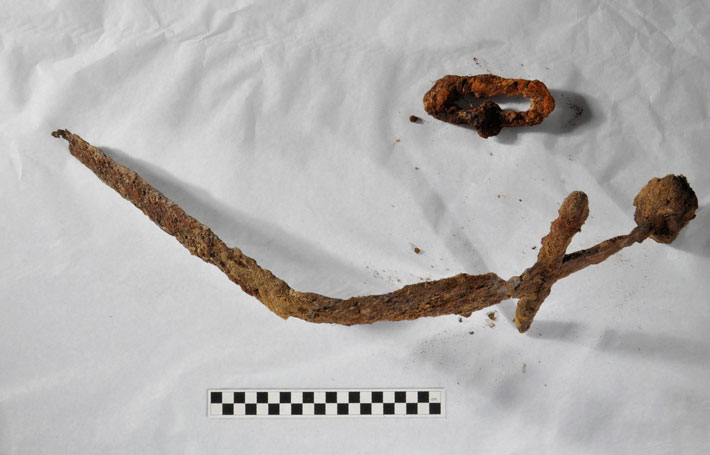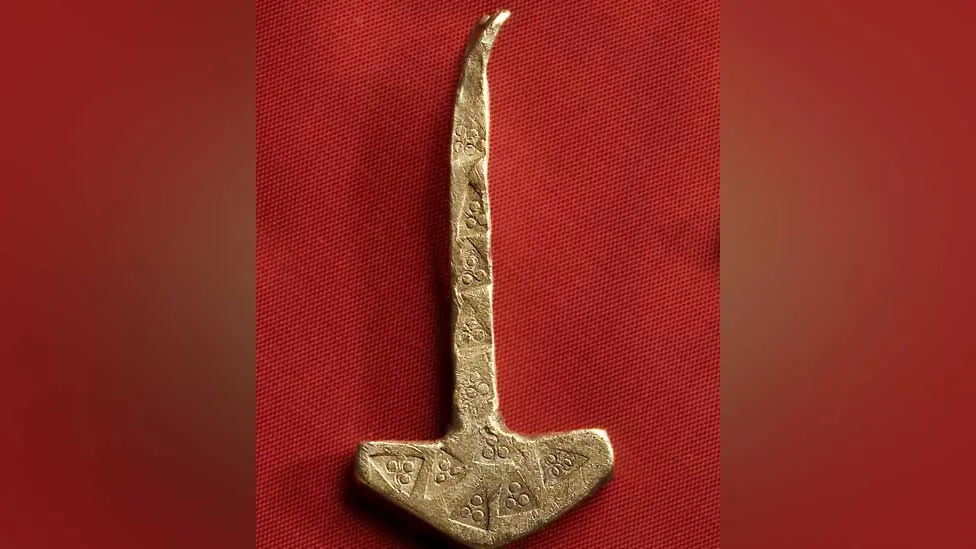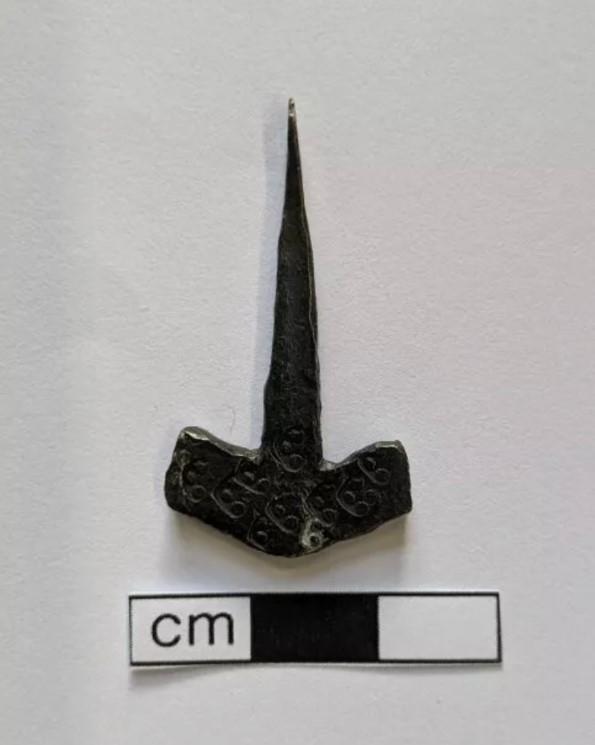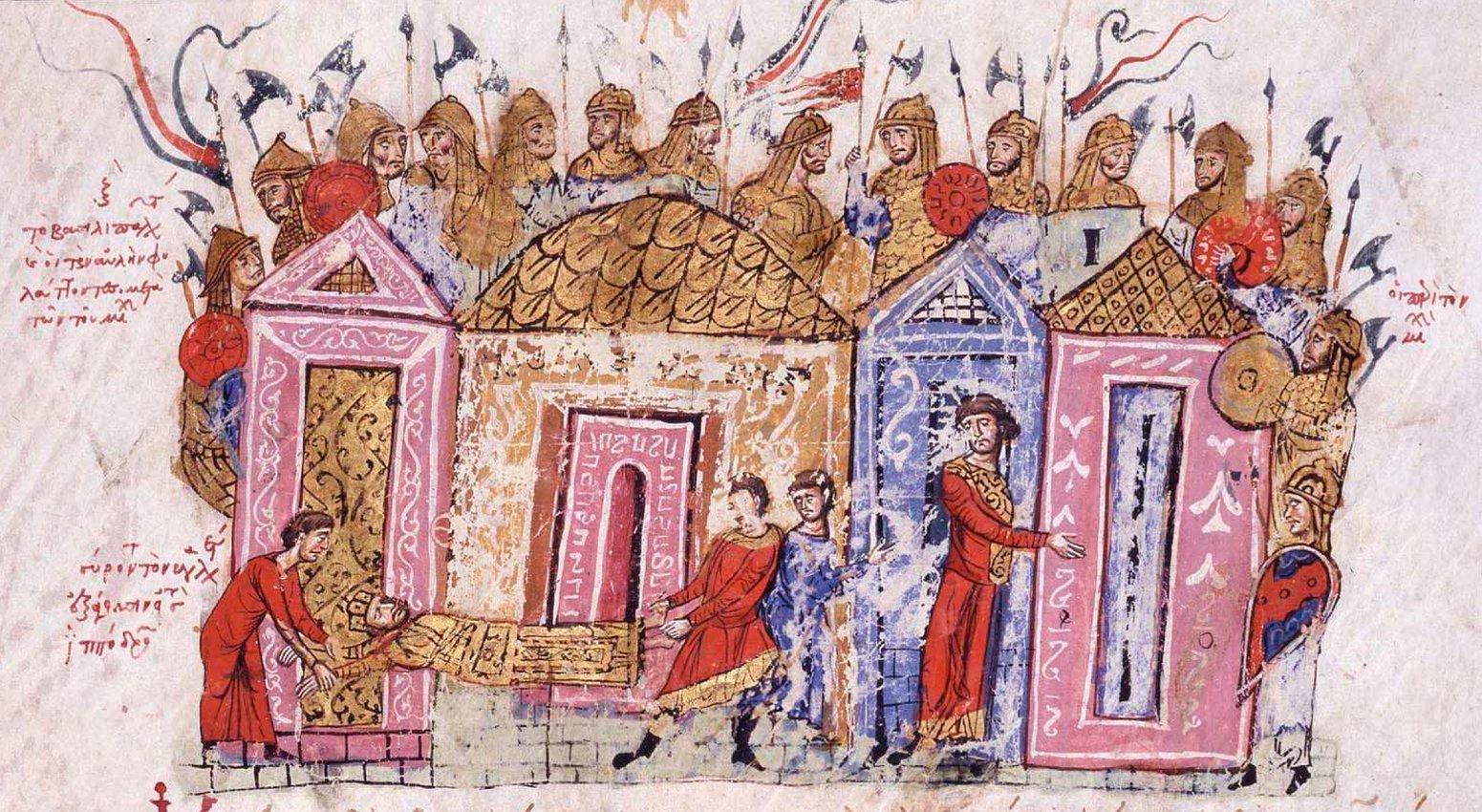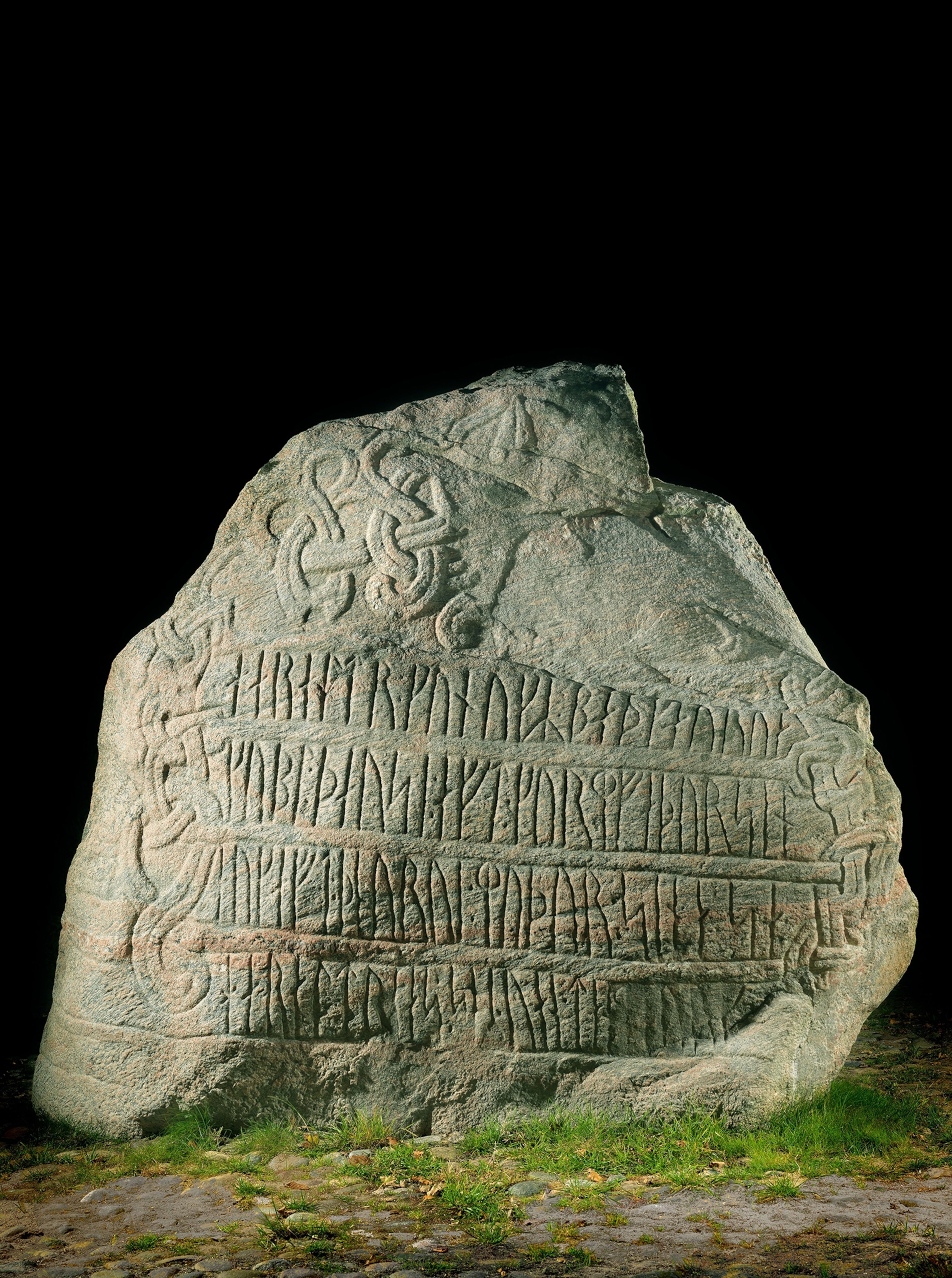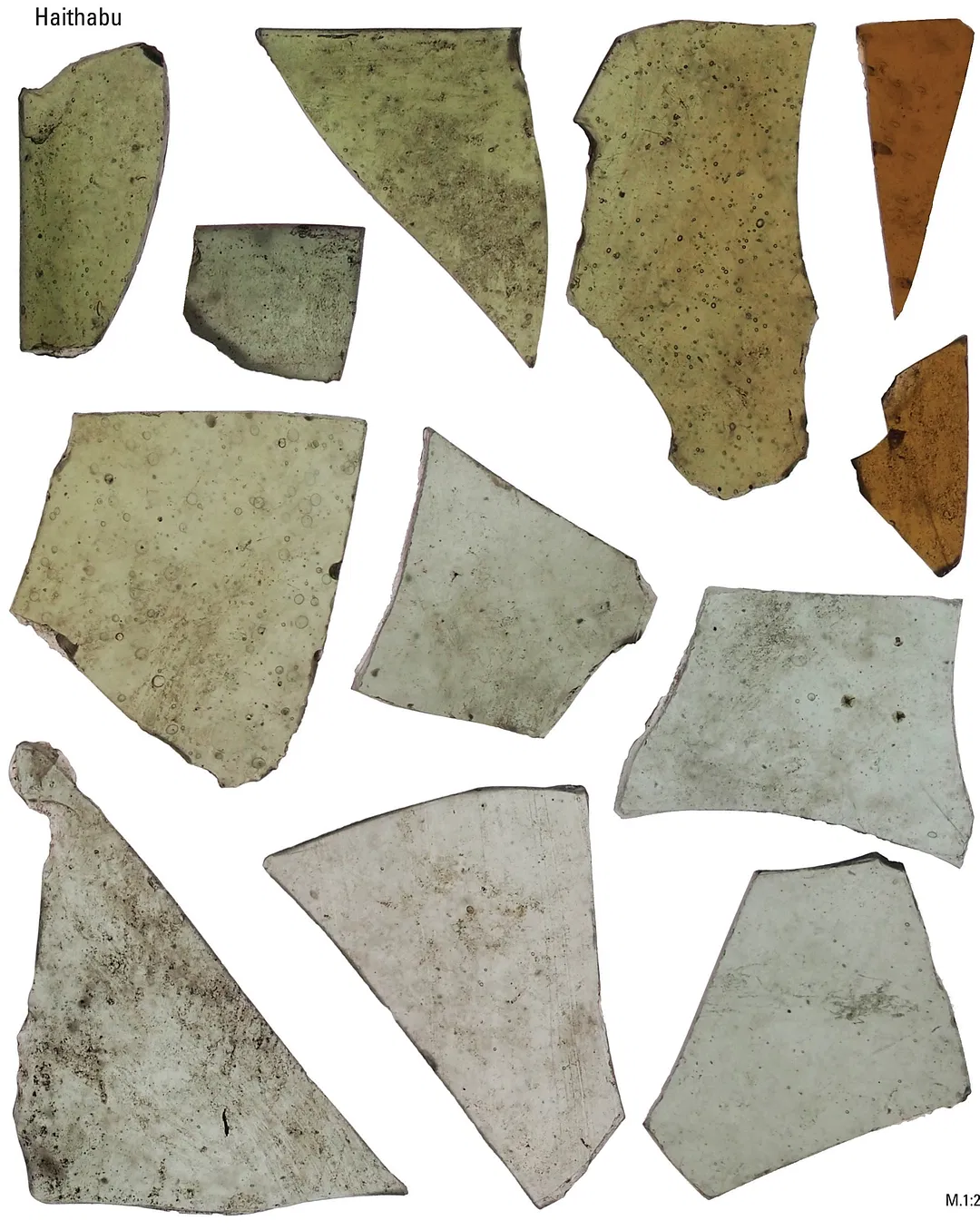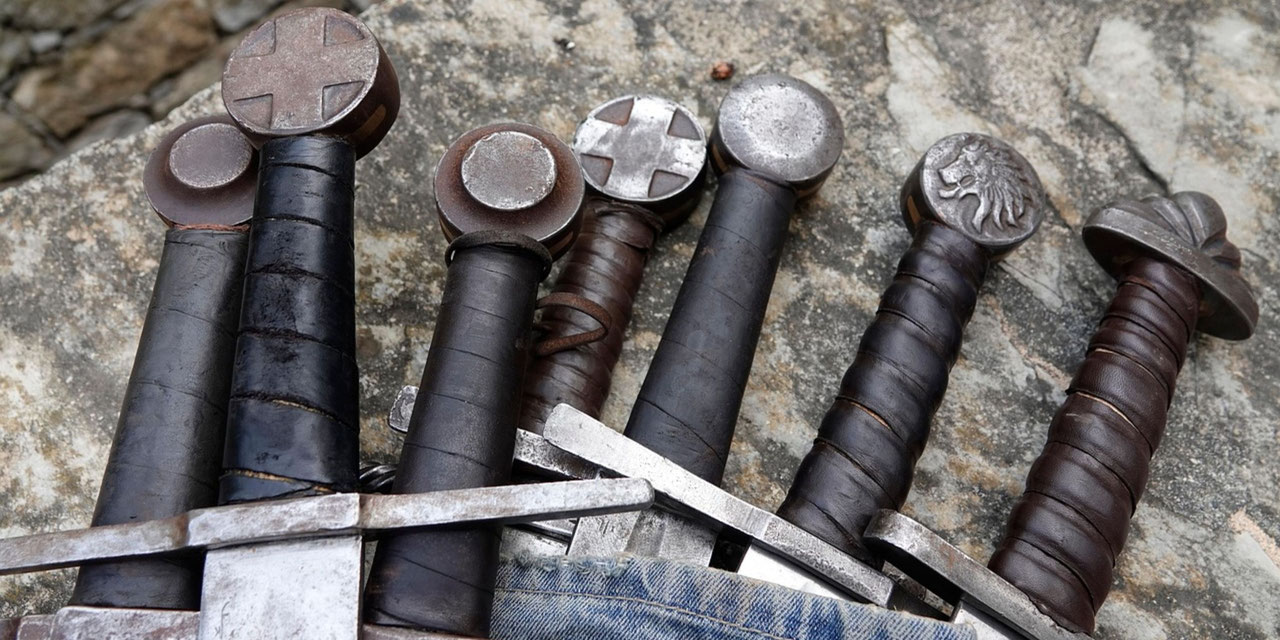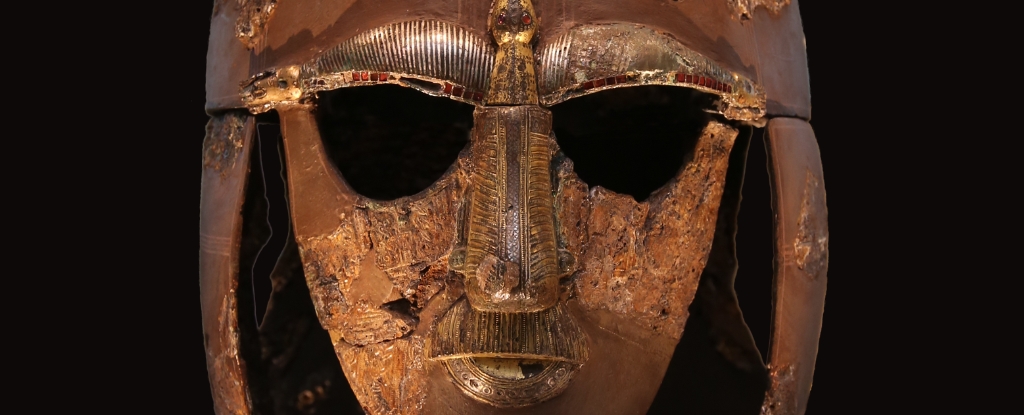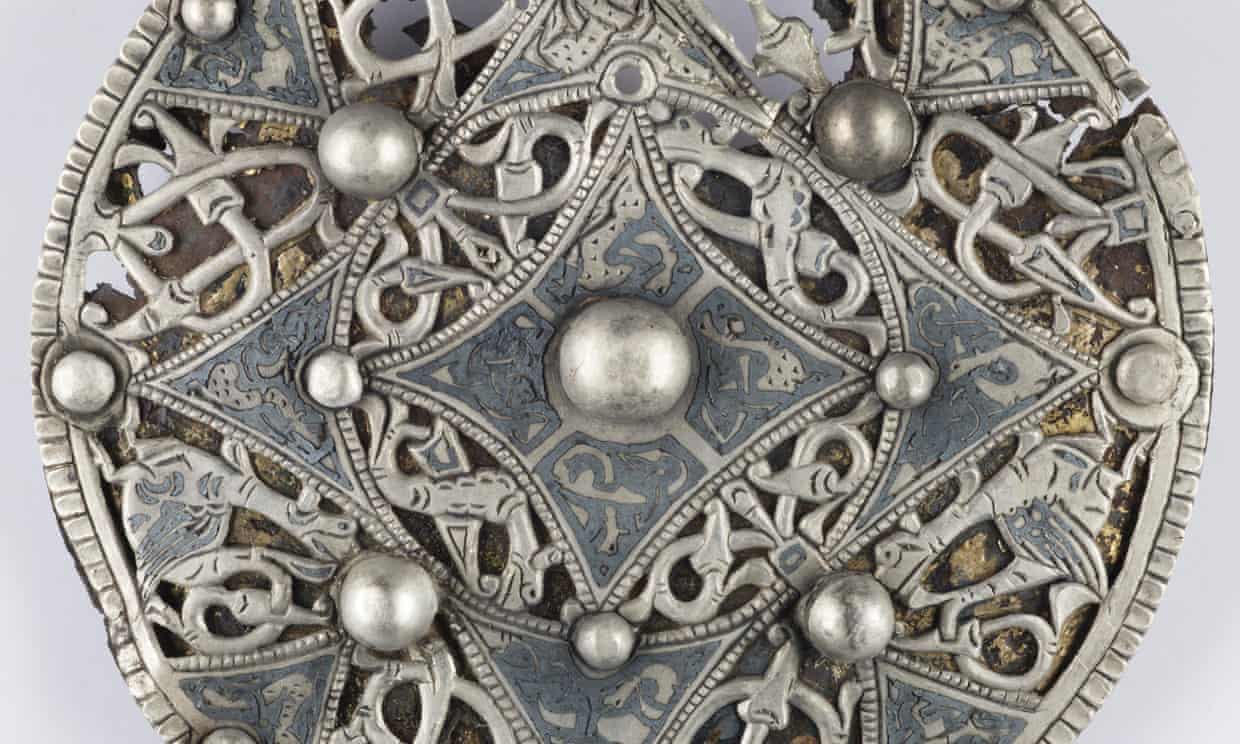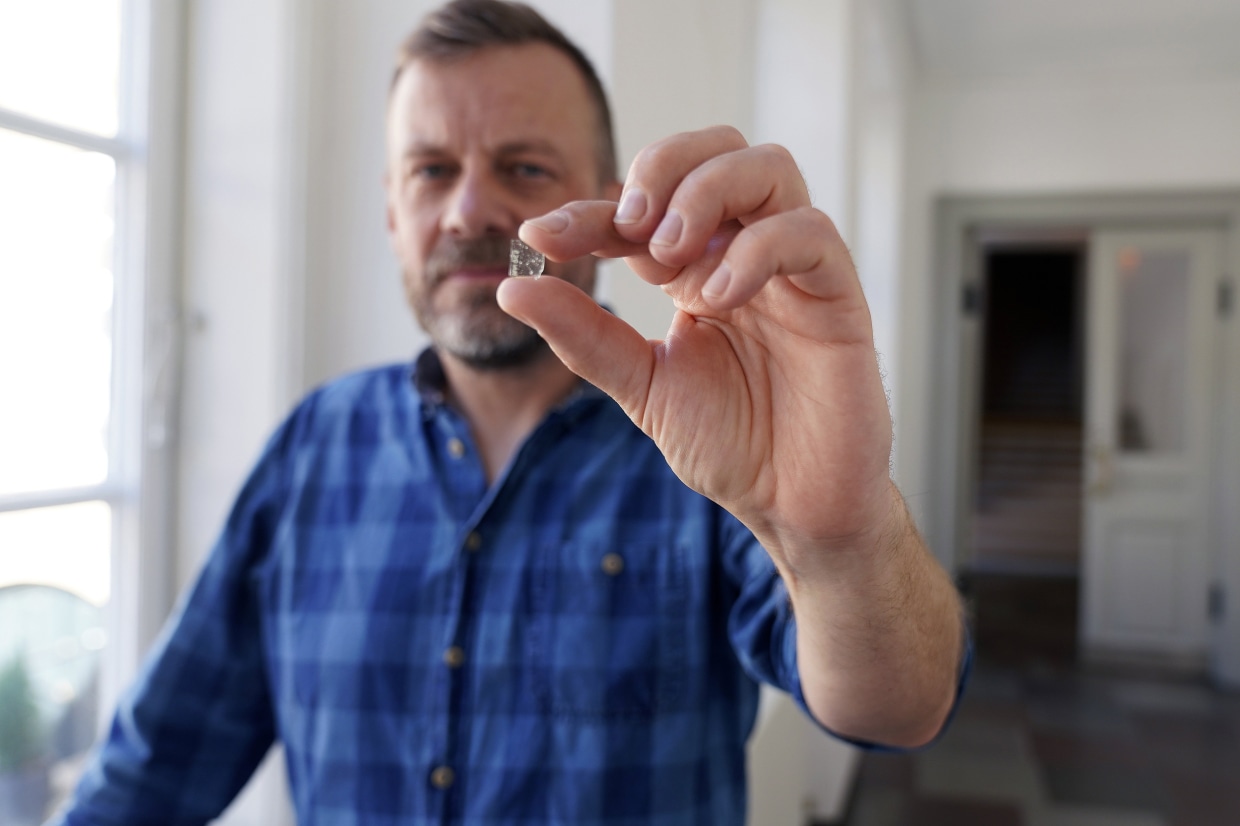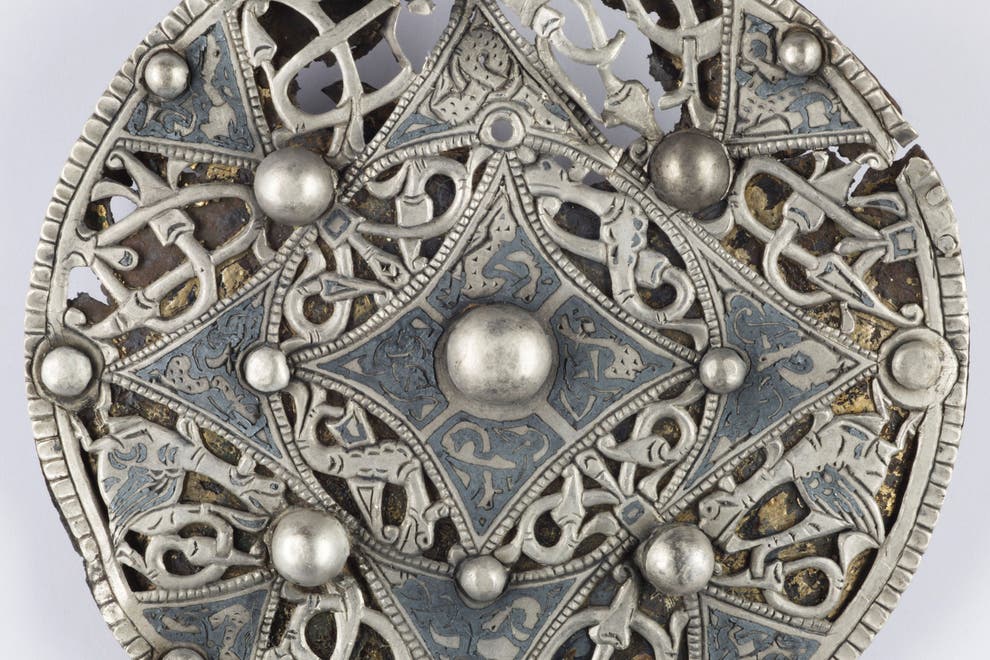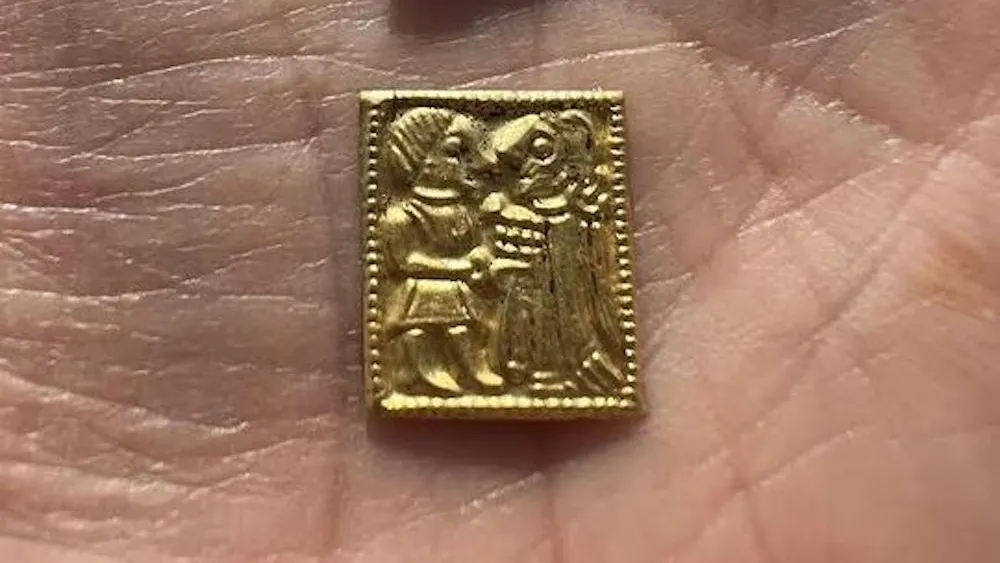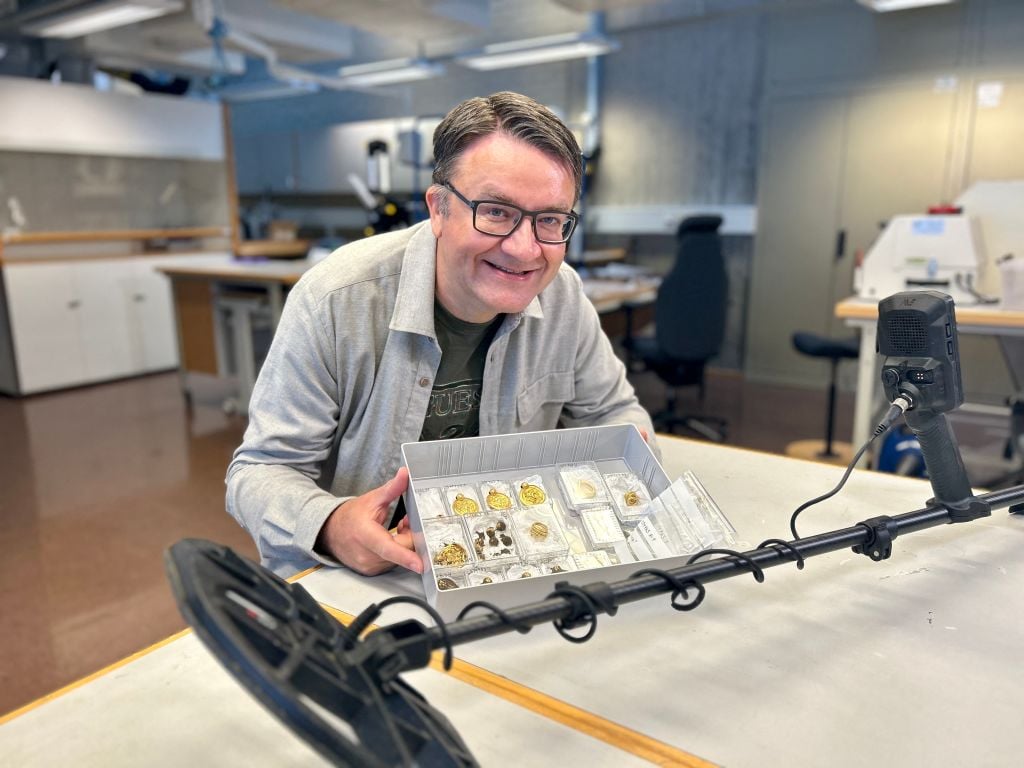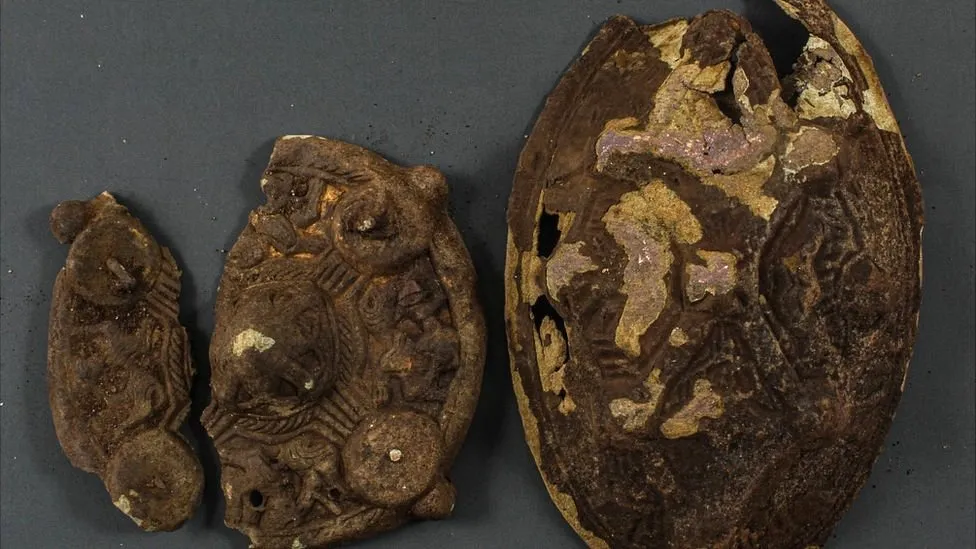
The Vindelev Hoard, a treasure trove of golden artifacts dating back to centuries before the Viking Age, was accidentally discovered by an amateur metal detectorist in Denmark in 2020. Source: Vejlemuseerne / Vejle Konserveringscenter (CC BY-SA 4.0)
What secrets about the spiritual beliefs of Viking societies did an unsuspecting metal detectorist uncover among the gold he found beneath the Danish soil?
I recently listened to a BBC History Extra podcast discussing archaeology. Both the host and the guest, a Professor of Archaeology from University College London, expressed their chagrin about the influence on archaeology in recent decades.
Much of this influence has been attributed to "the man in the hat with the whip" - the fictional movie character and swashbuckling archaeologist Indiana Jones, portrayed by Harrison Ford.
Throughout the podcast, much was made of the unrealistic depictions of archaeology in the Indiana Jones movies.
Read the rest of this article...

